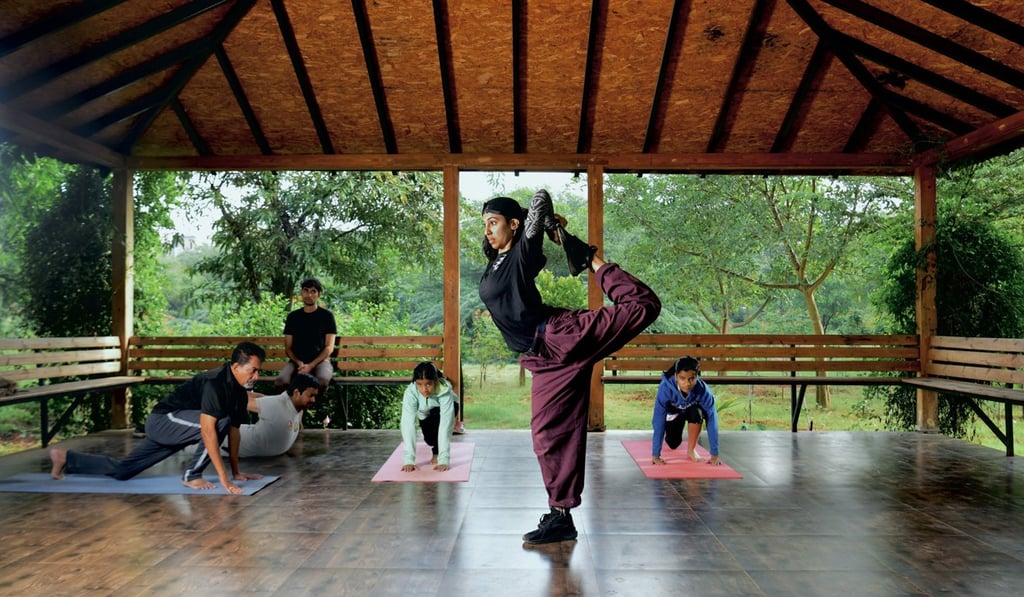Indian woman talks about breakdancing for her country and redefining femininity through her dance moves
- Johanna Rodrigues fell in love with breakdancing as a schoolgirl and is one of a few female breakdancers in India
- She combines classical Indian dance moves with breakdancing and an Indian martial art

Long before b-girl Johanna Rodrigues began improvising routines combining Indian classical dance with headstands and backflips in a quest to “redefine femininity”, she found inspiration at home in her widowed mother.
A rare female face on India’s breakdancing scene, Rodrigues is representing the country at this week’s Red Bull BC One world championship in Mumbai, where she will battle 15 women and 16 men for the top prize. Competing against men comes naturally to the 23-year-old yoga instructor, who grew up idolising athletes such as Usain Bolt and harboured dreams of becoming a runner. “We tend to limit girls by segregating them from boys at an early age – setting up different goalposts especially when it comes to things like athletics at school,” she says.
“I never understood it … maybe because I had a mother who did everything a man was expected to do and everything a woman was expected to do, whether it was fixing light bulbs, going to work, riding a motorbike, cooking dinner. I always wanted to be better than the boys.”
Born in New York’s Bronx borough in the 1970s, breakdancing has become a phenomenon around the world and a staple of urban youth culture, performed everywhere from the slums of Mumbai to the streets of Cape Town.

The dance is set to make its Olympic debut at the Paris 2024 Games and Rodrigues hopes such recognition would “legitimise it in the eyes of parents” and encourage more Indian youths to try the sport.
Although there are no verified figures on the number of male and female breakers in India, Rodrigues estimates that the competitive community today includes some 800 men – and just 40 women.